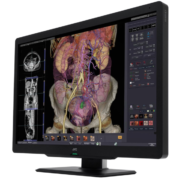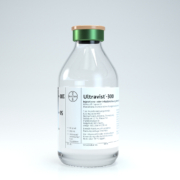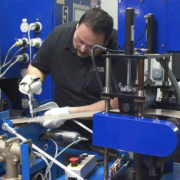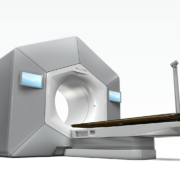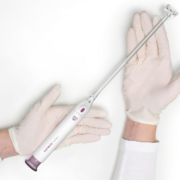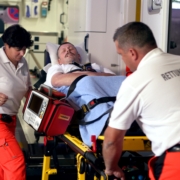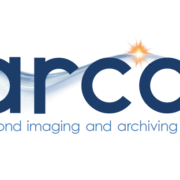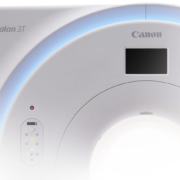PENTAX Medical launches new premium video processor and endoscope series
PENTAX Medical, a division of HOYA Group, has obtained CE marks for two of its latest innovations; PENTAX Medical INSPIRA, the new premium video processor, and the i20c video endoscope series. Developed with a focus on healthcare providers’ needs, the new video processor maintains compatibility with PENTAX Medical’s recent endoscope models, and sets new standards […]


